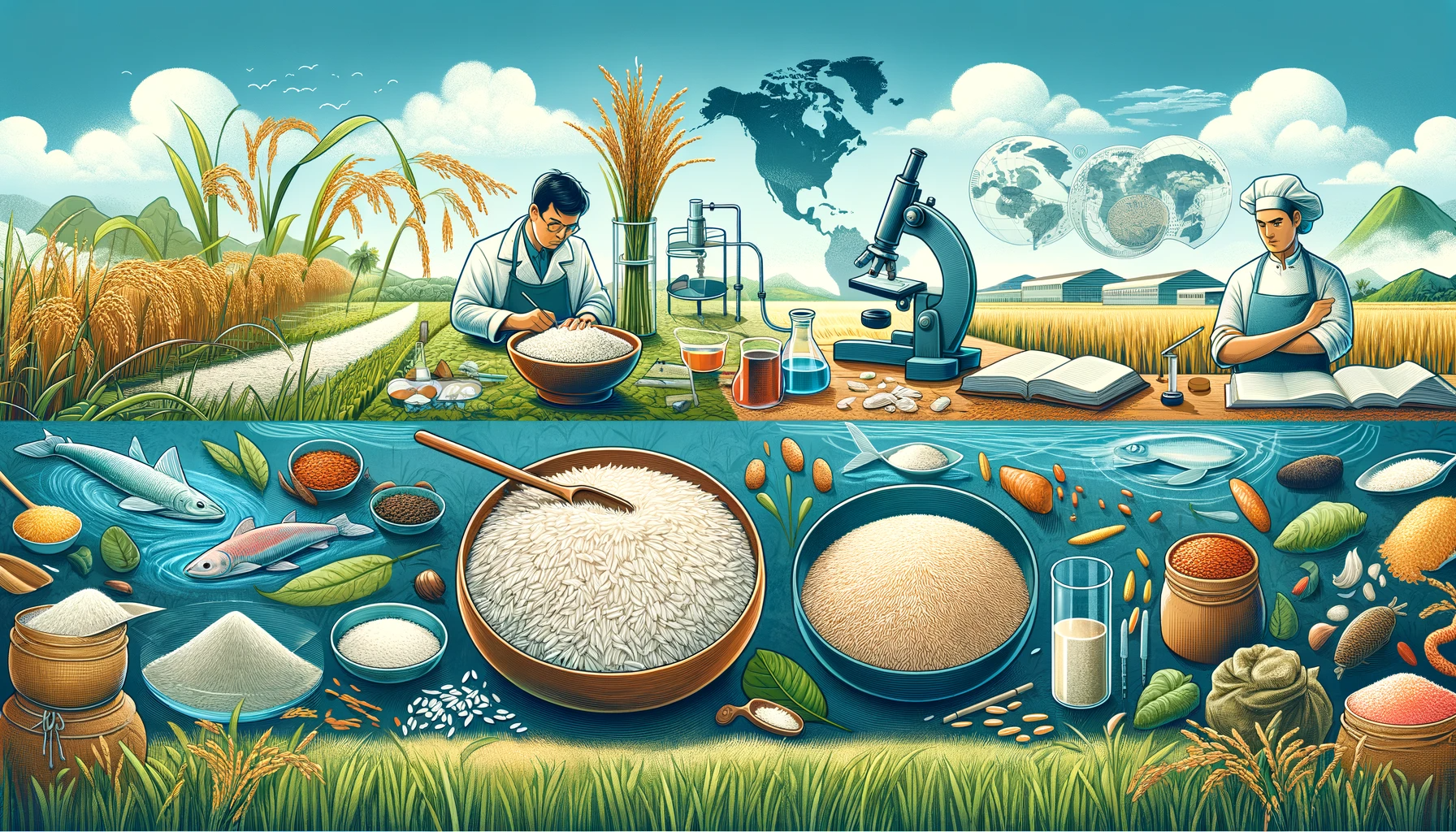Rice is a staple food for more than half of the world’s population, making it one of the most important crops globally. While many of us enjoy rice on our plates regularly, have you ever wondered how it goes from being a paddy in the field to the perfectly cooked grains on your plate? In this article, we’ll take you on a journey through the intricate process of rice production, from the farm to your plate.
Understanding the Paddy
Before we delve into the processing of rice, let’s start with the basics. The rice we consume starts as paddy in the fields. A paddy is the entire rice plant with the husk, which consists of the outer hull, the bran layer, and the inner white rice kernel.
Cultivation and Harvesting
- Varieties of Rice: Rice cultivation begins with selecting the right variety based on the region’s climate and soil conditions. There are thousands of rice varieties, each with its unique characteristics.
- Planting and Growth: Rice is usually grown in flooded fields, known as paddies. It requires ample water for cultivation and can take several months to grow to maturity.
- Harvesting: Once the rice plants have reached maturity, they are harvested using specialized machinery or hand-picked, depending on the scale of the operation.
Milling: Separating the Grain from the Husk
The next step in rice processing is milling, which is the process of removing the inedible outer husk from the rice kernel, leaving behind the edible white rice.
Hulling
- Hulling: Hulling machines are used to remove the outermost layer of the paddy, called the hull. This process reveals the brown rice underneath.
Milling
- Milling: Brown rice is further processed to remove the bran layer, leaving behind the white rice kernel. Milling can be done in different stages to produce different types of rice – long-grain, medium-grain, or short-grain.
Polishing: Giving Rice its Shine
- Polishing: Polishing is an optional step, mainly done for aesthetic purposes. It involves removing the remaining bran layer and giving the rice a shiny appearance.
Grading and Sorting
Once the rice is polished, it undergoes grading and sorting processes to separate it into different quality levels.
- Grading: Rice is graded based on size, shape, and quality. The highest quality rice is often chosen for export or premium domestic markets.
- Sorting: Modern machines are used to remove any remaining impurities, broken grains, or foreign materials from the rice.
Packaging and Distribution
- Packaging: After grading and sorting, the rice is packaged in various sizes and types of containers, from bags to bulk packaging for commercial use.
- Distribution: Packaged rice is then distributed to wholesalers, retailers, and ultimately makes its way to your local grocery store.
Cooking and Enjoying
- Cooking: Finally, it’s time to prepare the rice for consumption. Whether you choose to boil, steam, or use a rice cooker, you can enjoy the fruits of the entire rice processing journey.
Conclusion
Next time you sit down to enjoy a plate of rice, take a moment to appreciate the intricate process it goes through from being a paddy in the field to the delicious grains on your plate. The journey of rice processing involves careful cultivation, harvesting, milling, polishing, grading, and sorting before it reaches your kitchen. Understanding this process adds a deeper layer of appreciation for this staple food that nourishes billions of people worldwide.
